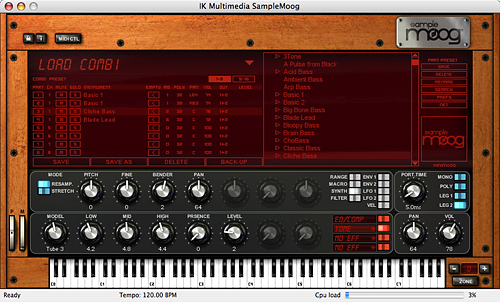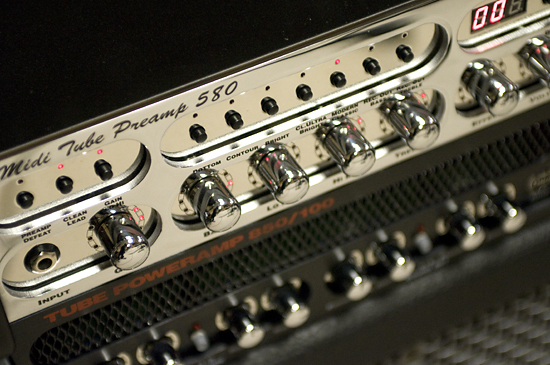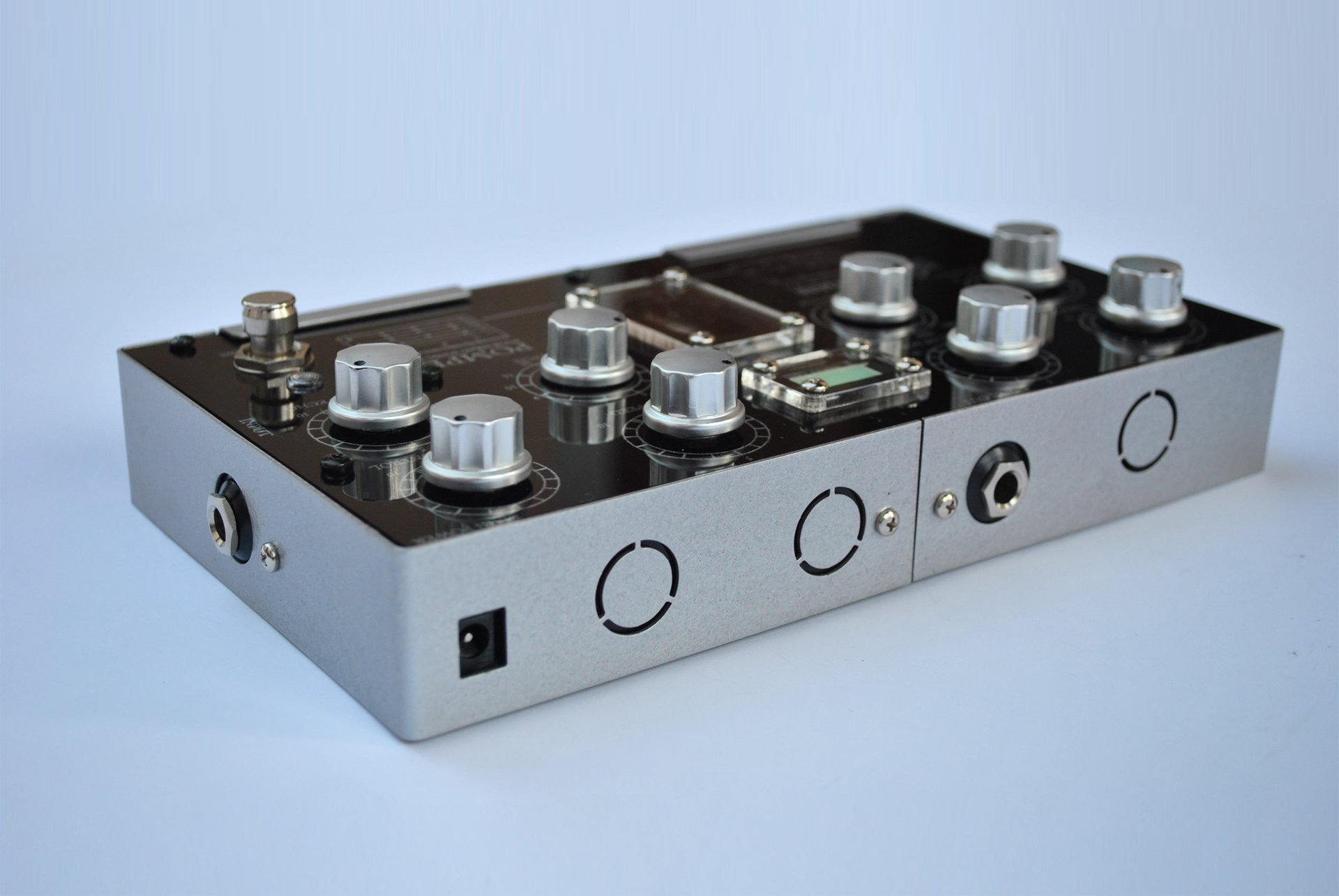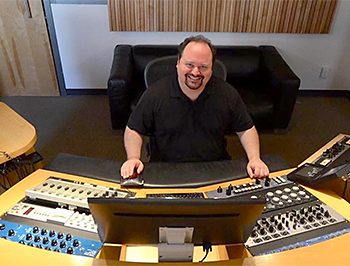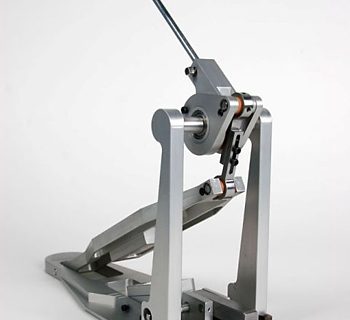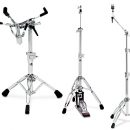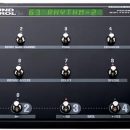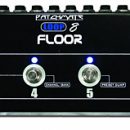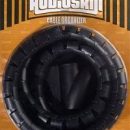How to Master Your Recordings for CD and Web Distribution
“Mastering Music at Home” by EQ Magazine’s former editor, Mitch Gallagher, is a very informative and useful book for musicians looking to master their own music either for CD or online MP3 distribution. And even if you plan to leave the mastering of your music in the hands of other professionals, this book is packed with plenty of useful audio engineering information that will help you better understand the final critical stage in the preparation of your music before manufacturing and distribution.
The book is broken down into a few sections:
First, it covers the general history and concepts behind mastering — what it was, and what commercial mastering is today. Mastering encompasses more than just getting levels and EQ right, after all.
Next, the book provides a great primer on sound: waveforms, overtones, frequency response, dynamic range, etc. before delving into more computer-specific details like sample rate conversions and bit depth.
Tools of the trade come next, and Mitch did a thorough job writing about a variety of popular hardware tools used for mastering followed by a look at most of the software applications that people might use for mastering whether working in their home studio or in a world class mastering lab. Mitch also writes about (and provides numerous screen shots of) various plug-ins used for mastering — everything from dynamics control to reverb to noise reduction and EQ.
Chapter 7, Acoustics, was an especially useful chapter for the home recordist, as it covers everything you need to know about creating an acoustic space suitable to mastering as well as recording. Flutter echoes, room reflections, absorption vs. diffusion, bass trapping, and more are explored.
The third section of the book goes into the actual art and science of mastering your music, and an accompanying CD contains sample files so that you can work through examples with Mitch.
Gallagher spent a great deal of time covering the topic of “Separation Mastering” in Chapter 12. Using this technique, rather than mastering from a single stereo mixdown, you actually create a few different submixes covering different parts of the mix (i.e. mixing the vocal tracks down separately from the music tracks so that each can have more specific mastering techniques applied). After reading about how this technique differs from the more traditional two-track approach, it makes us wonder if we should be applying this practice to all of our mastering jobs.
Throughout the book, Mitch interjects interviews with various mastering engineers, and some of their insight helps to inspire readers as you contemplate your own mastering needs. Even if you don’t plan to do your own mastering, there is a lot of great information contained in this book to add some useful knowledge to your brain before your next recording or mastering sessions.
With all the useful information here, though, Mitch overlooked one detail in particular that drives us crazy: don’t forget to encode song titles, album title, and artist name on each track, even for red book audio. Modern CD players such as those commonly found in premium car audio systems read this data and display the useful information. It’s not just relegated to MP3s and satellite radio.
Additionally, we think this book would have been an excellent place for a discussion of file formats and their differences, and discussion of file formats for online distribution was relegated to only a paragraph or two.
Contact Information
Course Technology PTR
http://www.courseptr.com

